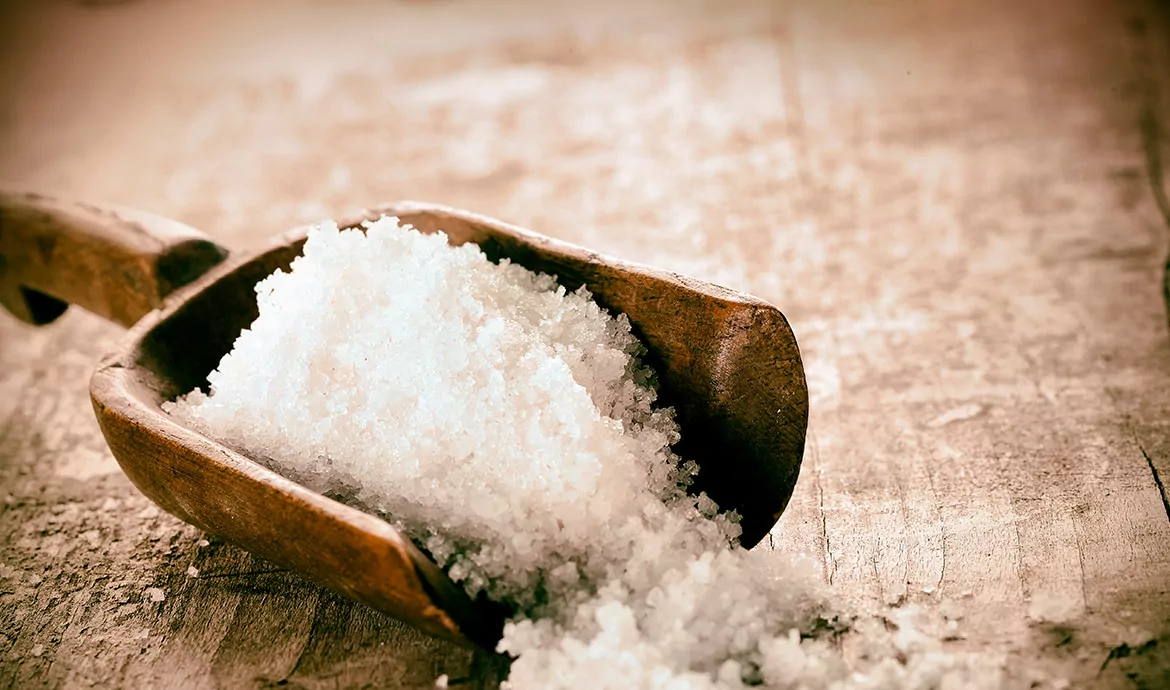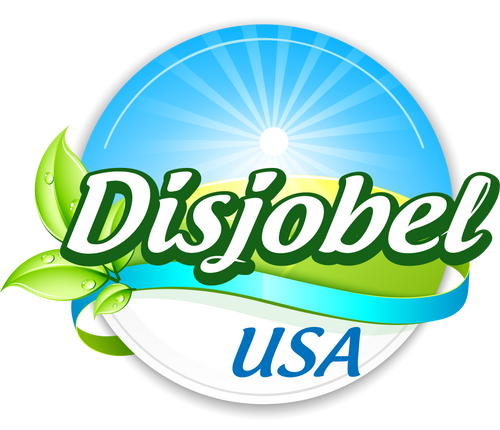Preserving food is not something new under the sun. In fact, it is as old as the hills.
Preserving food is not something new under the sun. In fact, it is as old as the hills. Our grandparents preserved food using salt and sugar, and maybe some of us learned some tricks of the trade to preserve our own food. However, natural preservatives are being replaced by artificial ingredients these days.
A preservative is added to food to make it last longer. If you look at the label on a food item, you will see a list of preservatives. Both natural preservatives and artificial ones prevent the growth of bacteria and mold and stop delicate fats from going rancid.
Why do we need preservatives?
- Increase shelf life: preservatives help maintain freshness by slowing product spoilage.
- Stop the growth of bacteria and mold: ensure that food remains safe to eat.
- Inhibit natural aging and discoloration
- Maintain nutritional benefits.
Natural preservatives
“Natural preservatives are ingredients that are found in nature and can — without artificial processing or synthesis with other substances — prevent products from prematurely spoiling” (Rauch, 2019). These are some of the most common ones:
- Salt: stops bacteria through dehydration.
- Sugar: preserves the color, texture and flavor of food.
- Vinegar: the acetic acid present in vinegar kills microbes and inhibits food spoilage.
- Citric acid (from citrus fruits): it is a flavor enhancer and functions as an antioxidant.
They have the same advantages as artificial preservatives, but with less known harmful effects. However, some natural preservatives like sugar and salt shouldn’t be eaten in excess.
Artificial preservatives
Artificial preservatives are a group of chemical substances that are added or sprayed on food to make it last longer, to stop discoloration and prevent contamination. Some common artificial preservatives are sodium nitrite (found in many processed meats), sodium benzoate (found in more acidic foods like fruit juices and condiments) and propionates (found in many baked goods).

Why do consumers want ‘clean’ labels
Nowadays, both food companies and consumers want to see recognizable names on labels. People are becoming aware that natural preservatives don’t carry the risk of side effects.
Plant-derived preservatives are trending
The food industry is evaluating plant-based ingredients as a natural way to preserve food. These are 5 plant-derived alternatives to chemical preservatives:
- Australian Kakadu plum: can improve shelf life and retain the color of shrimp.
- Rosemary plants: rosmarinic acid and carnosic acid, two components of rosemary, can inhibit the oxidation of fats and oils. They are not responsible for the flavor of the rosemary.
- Moringa oleifera: this potential food preservative is well known for its medicinal properties.
- Naturally occurring parabens: plants like blueberries, black currants, mango, cocoa beans, vanilla and strawberries may have antibacterial and antioxidative characteristics.
- Verdad F32: a potential antimicrobial agent capable of preserving fresh foods.
Being aware
Just because the additive added to food has been “approved”, doesn’t mean that it is beneficial to your health. Cutting artificial preservatives out of our diets as much as possible is advised in order to protect our bodies from possible harmful effects. These days preservatives are an essential part of our lives and it is impossible to avoid them completely. However, it is better to look for processed foods that don’t contain preservatives, or that use natural preservatives. For example, some companies use aseptic packaging to preserve products like fruit puree without using artificial preservatives.
References
BOMGARDNE, M. (2014). EXTENDING SHELF LIFE WITH NATURAL PRESERVATIVES.
RETRIEVED FROM HERE
HOORY, L. (2020). ARE PRESERVATIVES BAD FOR YOU? THE DIFFERENCE BETWEEN NATURAL AND ARTIFICIAL PRESERVATIVES AND WHAT IT MEANS FOR YOUR HEALTH.
RETRIEVED FROM HERE
MANIKKAM, V. (2018). NATURAL ALTERNATIVES TO CHEMICAL FOOD PRESERVATIVES – PLANT-BASED IS THE NEW TREND. RETRIEVED FROM HERE
RAUCH, J. (2019). WHAT ARE NATURAL PRESERVATIVES? RETRIEVED FROM HERE





















